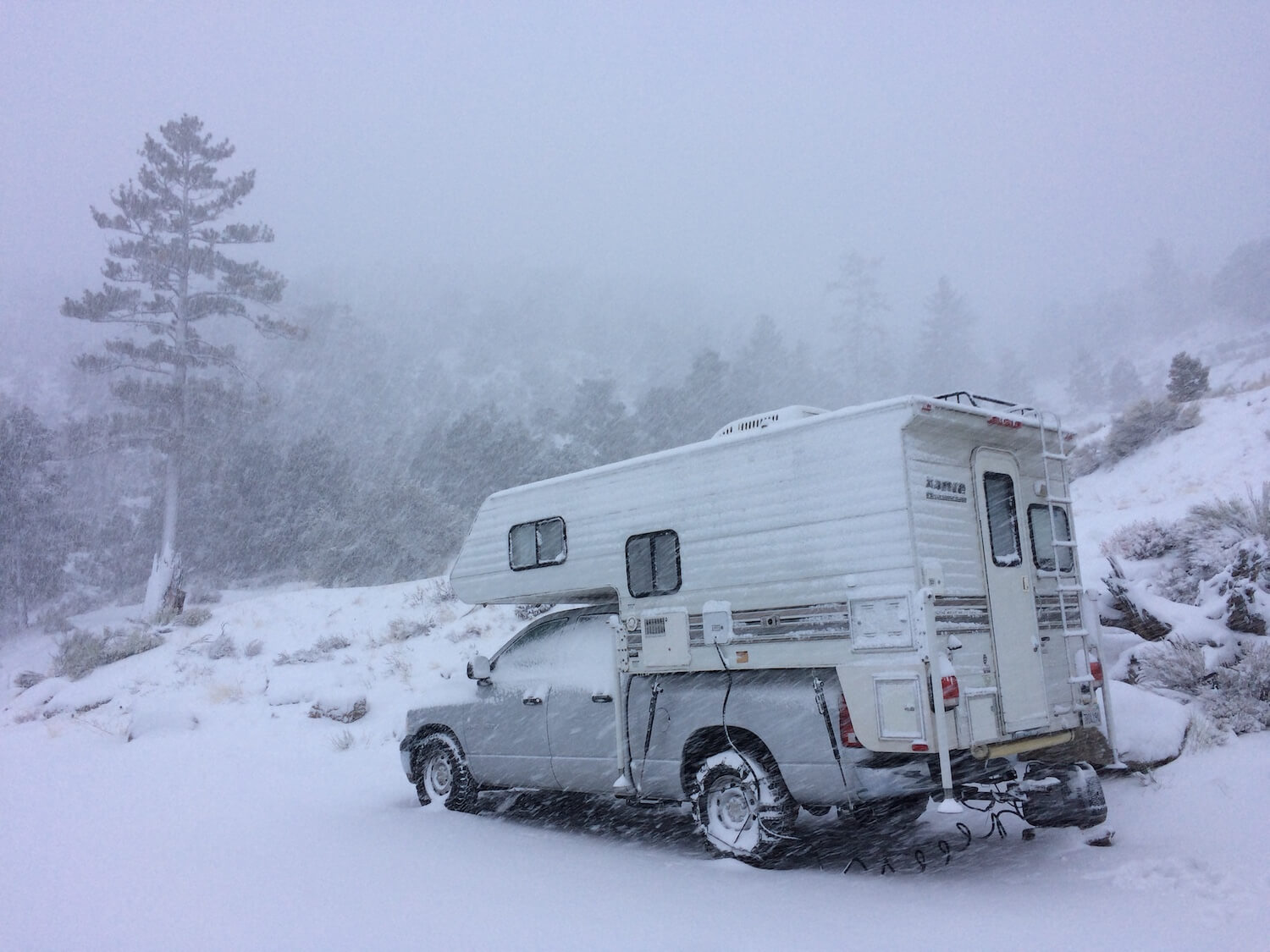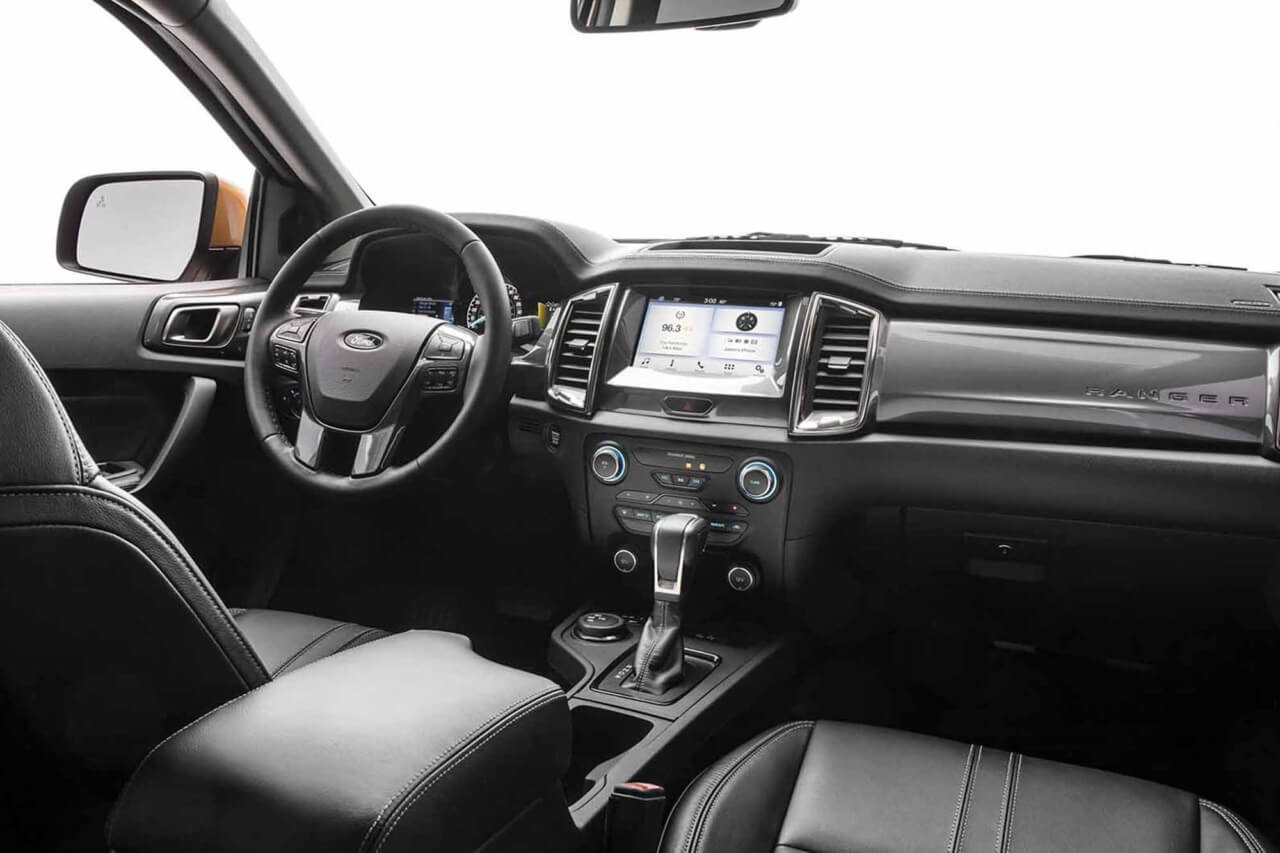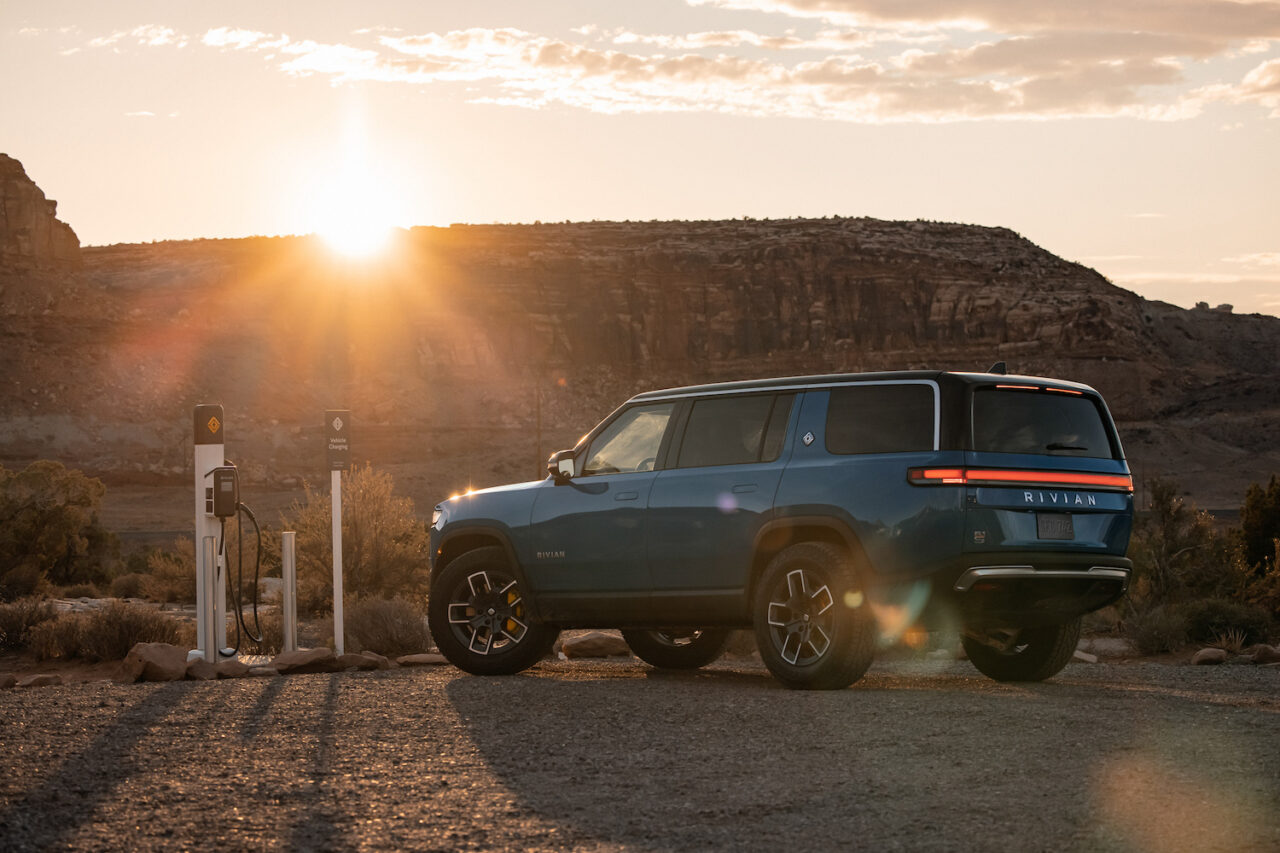
The heater is an invaluable system for any vehicle that’s used in chilly areas. While those who are in warmer climes may never turn the temperature dial towards the red side, those living further up north rely on it immensely. In fact, your heater can be considered a life-saver in your truck, as you can literally freeze yourself to death if it isn’t working properly.
Your truck is your pride and joy, and we are committed to providing a range of components across all categories to improve it. We’ve got a broad range of Heating and Cooling products that cater to the entire gamut of HVAC (Heating, Ventilation, and Air Conditioning) needs.
Understanding Your Truck’s Heater
Your truck’s heater utilizes a design that’s been around for nearly 100 years and is a clever and efficient one. As your internal combustion engine runs, it generates heat — a lot of heat. That heat is more or less wasted, as it doesn’t help turn the wheels. Automakers realized that they could harness some of this heat to provide cabin heating, and the modern-day heater has not massively deviated from this design.
Think about it as having a second radiator of sorts inside your vehicle. This is known as the heater core. Valves control the flow of hot engine coolant to the heater core, where the blower motor blows air over it. This air is heated and sent via ducting and vents to the cabin. For air conditioning, the air is directed over the AC evaporator core, which has cold refrigerant running through it. The AC system is a separate one, and we’ll talk about that in another article.
As you turn that dial from hot to cold, or vice-versa, valves may control the flow of hot water into the heater core, or the AC may be called upon to ‘blend’ hot and cold air to achieve the set temperature. In the same vein, when your AC is too cold and you turn up the temperature, some of the chilled air may be subsequently warmed via the heater core before being sent into the cabin at a less chilly temperature.
Your heater core receives priority over the external radiator of your vehicle when the heater is running, as in cold climates, you want the occupants to be warmed as soon as possible, rather than exhausting valuable heat to the outside world. This is also why if you are driving along and the engine starts to overheat, you are advised to lower your windows and crank up the heater to the maximum. By removing as much heat from the coolant via your heater core, you are somewhat reducing the engine temperature, giving you a better chance to limp to a garage without damaging your engine.

What Causes Faulty Truck Heaters?
There are a variety of causes that can result in a faulty truck heater. If you’re unsure of where to start, these are the most common causes.
- Old age of system components. Hoses may deteriorate over time as the rubber gets brittle, particularly as the temperature changes drastically over usage cycles.
- A stuck heater control valve that’s fully closed and not allowing coolant to flow into the heater core. The heater control valve can also get stuck fully open, meaning that your AC won’t chill properly.
- A malfunctioning control panel or electronic control system doesn’t send the right commands to the system components as per what you have selected.
- A malfunctioning blower fan that does not blow air at all or blows insufficient air.
- A clogged cabin air filter is reducing airflow through the system.
- A stuck thermostat that is not allowing coolant to flow through the system.
- Insufficient coolant in your engine cooling system due to a leak or low coolant level in the tank.
- You’ve got a leak somewhere in your engine cooling system.

How to Identify a Failing Heater
How can you identify a failing heater? Well, the most common cause will be that day that you turn on your truck, crank up the heat, but the air never warms. Of course, you can’t expect hot air to come from the vents as soon as you start your truck’s engine and crank up the heat. The engine needs to warm up itself, warm the coolant, and only after that will the heater start working and blowing warm air. If you start your truck on a frigid morning after it’s been parked all night and the heater isn’t blowing hot air straight away, there’s no cause for concern. Let it run for two to three minutes before drawing a conclusion.
Other ways to identify failing heaters include:
- Reduced overall heating in comparison to what it used to be. This is the first and most common way to identify a failing heater.
- Insufficient airflow through the vents, although a common reason for this, is an incorrect airflow setting on the control panel, so check this first.
- A coolant leak. This can be inside or outside the vehicle, so first check in the driver and passenger footwells for moist carpets, damp odors, and other signs that there’s a coolant leak.
- Your engine temperature gauge is indicating that your engine is overheating, which means that there’s a far more serious problem, not just in your heater system but engine coolant system as a whole.

Everything for Trucks at 4 Wheel Parts
At 4 Wheel Parts, we’re committed to providing our customers with thousands of quality products from hundreds of the world’s best brands. We’ve got over 100 stores nationwide for you to check out, or if you’re an online shopper, browse, compare, and purchase anything from our inventory. We offer competitive prices, expert advice, and comprehensive after-sales service that includes all applicable warranties. Choose 4 Wheel Parts, join a fantastic community, and never be stuck for choice again.



2